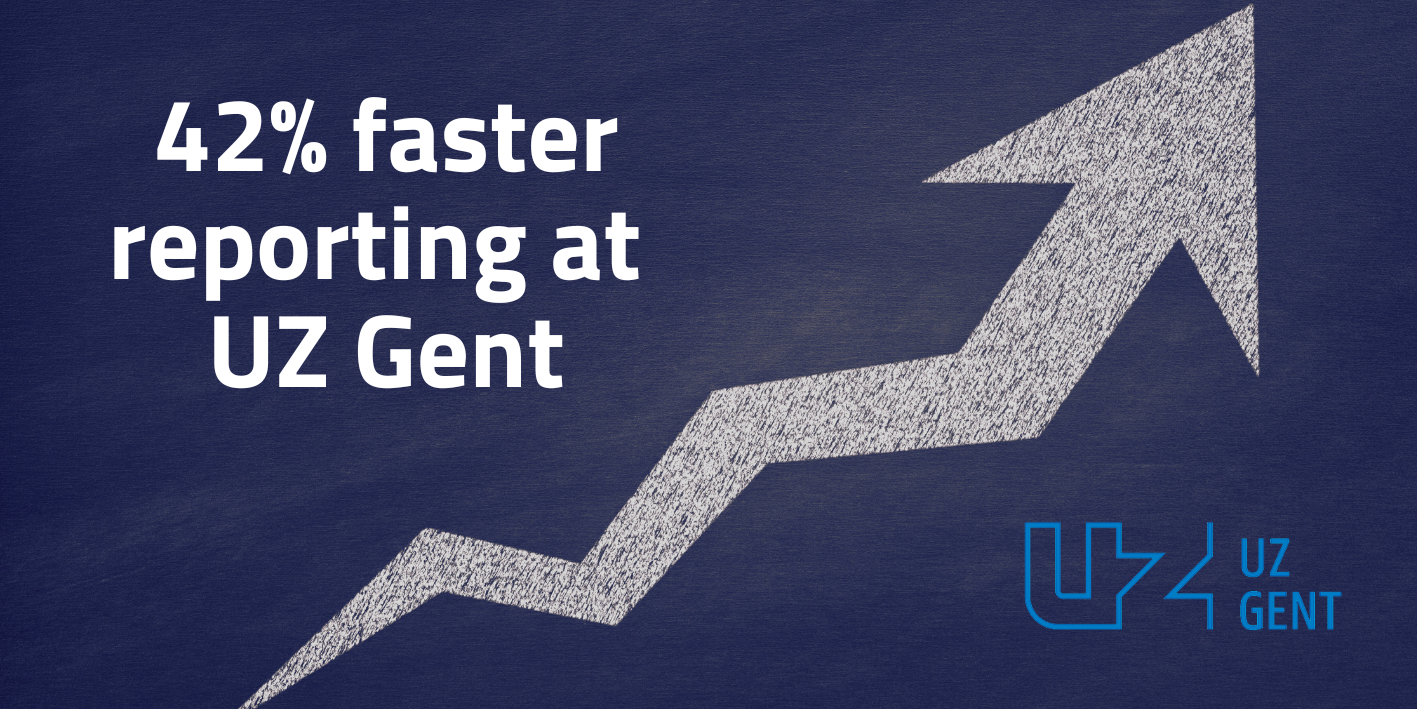FHIR for data standardization
FHIR (Fast Healthcare Interoperability Resources) is a widely adopted healthcare interoperability standard that facilitates the secure exchange and integration of healthcare data across different systems. It enables structured data capturing and seamless data sharing. It is important to emphasize that FHIR serves as a comprehensive specification, not as an out-of-the-box implementation. As such, there can be a variation in how FHIR is implemented between various vendors. This can result in differences in data modeling assumptions but also in the availability of certain features.
How FHIR enables data standardization
FHIR attempts to represent healthcare systems using a fixed set of resources which can be exchanged through a REST API. These FHIR resources are the building blocks in the framework, each representing a specific piece of data relevant in a healthcare system. This ranges from clinical reporting to payer resources, lab requests to ADT (Admission-Discharge-Transfer) information.
An overview of the resources in FHIR R5

The resources have well-defined structures and can be linked to each other through Resource References. In order to illustrate these references between various resources, let's look at a simplified example. In the above graph representation of resources, a Patient has multiple Conditions and has a hospital Encounter to have surgery to cure one of those Conditions. The Procedure is performed by a Practitioner working in an Organization. The Observation linked to the patient could be their BMI at a specific moment.
Simplified example of a Patient’s hospital Encounter

Of course solving interoperability with a fixed set of resources is naïve and doesn't satisfy the complex needs of the healthcare IT industry. This is why FHIR has adopted a 80/20 principle. The base layer is a fixed set of resources that define 80% of the information that needs to be exchanged. On top of that, FHIR defines a well documented procedure to make extensions or add constraints to these models, enabling customization and adaptation to various healthcare use cases and requirements.
A second core principle in FHIR is that every model is published in both a human (a website) and computer readable (a set of json files) format. The human readable representation pushes people to be more open about and publish their initiatives that are built on top of FHIR.
The 80/20 Principle in FHIR Implementation
Of course, solving interoperability with a fixed set of resources is naïve and doesn't satisfy the complex needs of the healthcare IT industry. This is why FHIR has adopted an 80/20 principle. The base layer is a fixed set of resources that define 80% of the information that needs to be exchanged. On top of that, FHIR defines a well-documented procedure to make extensions or add constraints to these models, enabling customization and adaptation to various healthcare use cases and requirements.
FHIR's Dual Documentation Approach
A second core principle in FHIR is that every model is published in both a human (a website) and computer readable (a set of JSON files) format. The human-readable representation pushes people to be more open about and publish their initiatives that are built on top of FHIR.
FHIR for Customization in Healthcare Settings
While FHIR provides standardized resources, the real power lies in its flexibility. Healthcare organizations can tailor FHIR implementations to their specific workflows and requirements. This customization capability makes FHIRsuitable for diverse healthcare environments, from small clinics to large hospital networks.
Implementing FHIR with Tiro.health
At Tiro.health, we leverage FHIR standards to enable seamless integration between different healthcare systems. Our structured data capture solution is fully compatible with FHIR resources, allowing healthcare providers to:
- Capture clinical data in a standardized format
- Ensure interoperability across systems
- Reduce documentation time while improving data quality
- Meet regulatory requirements with compliant data exchange
FHIR's Role in the Future of Healthcare Interoperability
As healthcare continues to digitize, FHIR plays an increasingly important role in connecting disparate systems. From electronic health records (EHRs) to mobile health applications, FHIR provides the standardized communication layer that makes true healthcare interoperability possible.
Continue reading? Get your free copy via this form.




